
Perennials can add color and foliage texture to your landscape, but be sure to make sure the perennial chosen is suited for the sun and moisture that the location receives. The soil also needs to be well-drained for the plant to thrive. Many perennials can be low maintenance and can add color in season. Most perennials are either spring, summer, or fall bloomers and the other seasons can add different foliage textures to your landscape.
Growing Potted Perennials
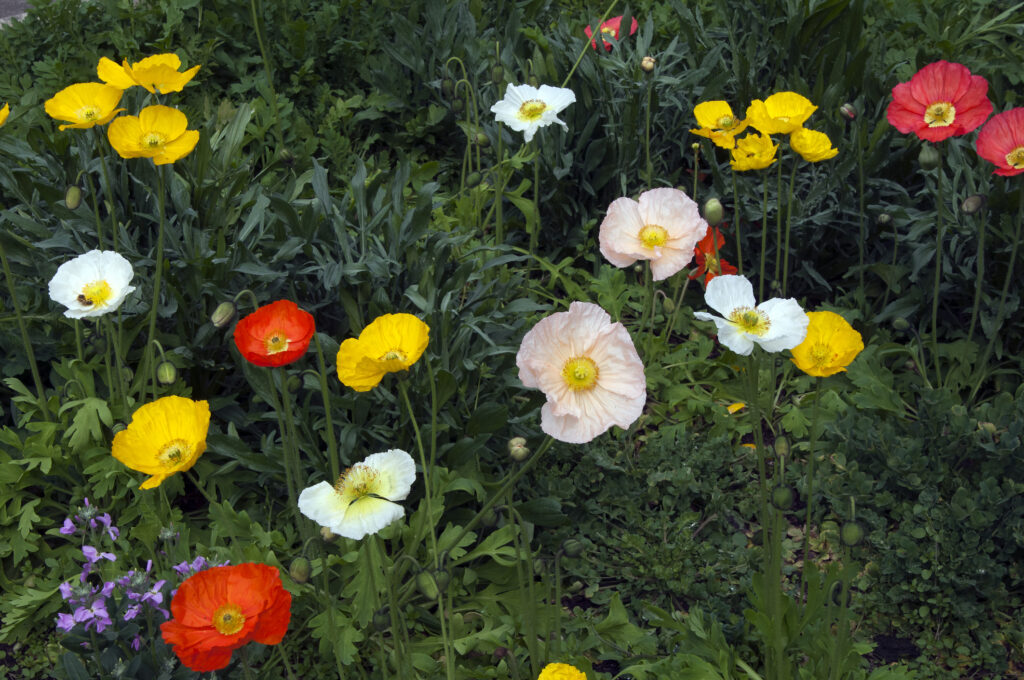
Soil Preparation
Proper soil preparation is necessary for the long-term survival of perennial plants. If you have well-drained soil like sandy soil or even a sandy loam, adding compost and incorporating ample amounts prior to planting your plants is beneficial. If you have clay, you should add generous amounts of peat and compost. Then work it into a depth of at least a foot. You can also build raised beds to improve soil drainage.
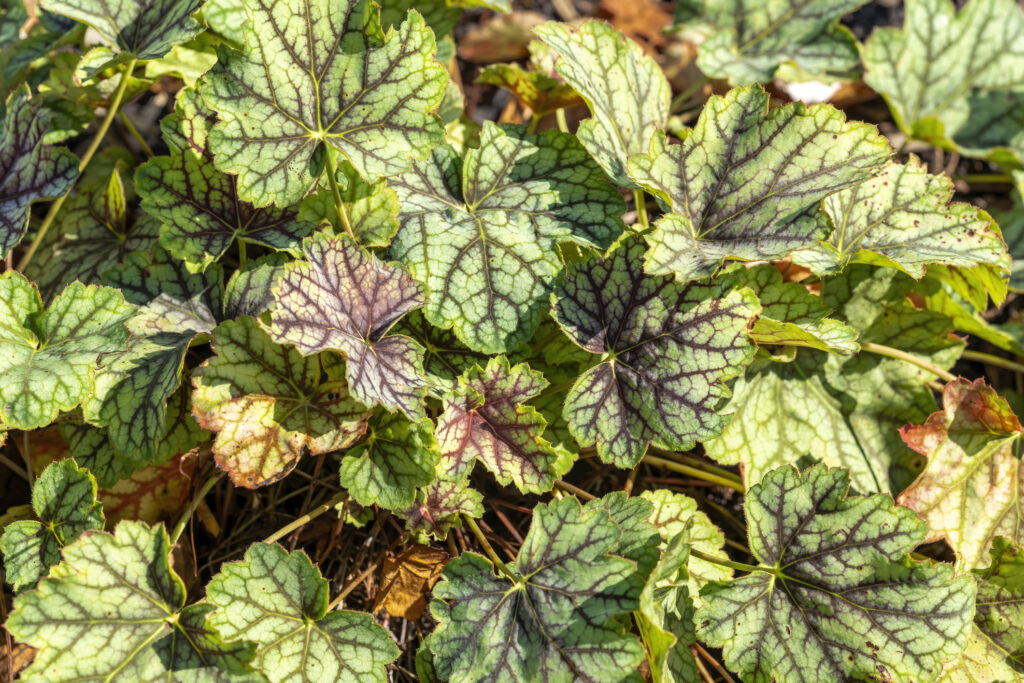
Soil Fertility
Most perennials prefer humus-based soils with average soil pH and soil fertility low in nitrogen and higher in phosphorus for improved blooming. Nitrogen is the first number in a fertilizer analysis. If too much nitrogen is present, plants will put more energy into growing foliage which inhibits flowering and can cause plants to become more susceptible to diseases.
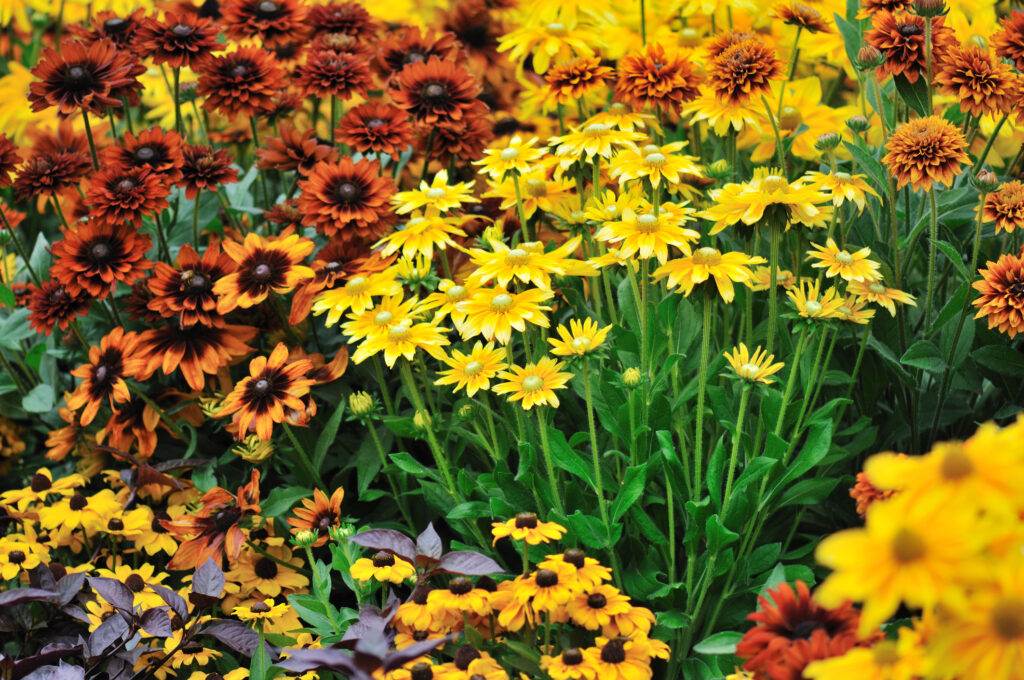
Selecting Your Perennials
Perennial plants are some of the most diverse types of plants on earth. They come in all shapes and sizes. Most blooming perennials prefer full sun, but many perennials are quite suitable for growing in shade or part shade locations of your garden. Before you purchase any perennial plant, investigate, study, and learn about what type of plant will be most appropriate for the spot you need to fill. The correct plant in the correct location will always perform well.
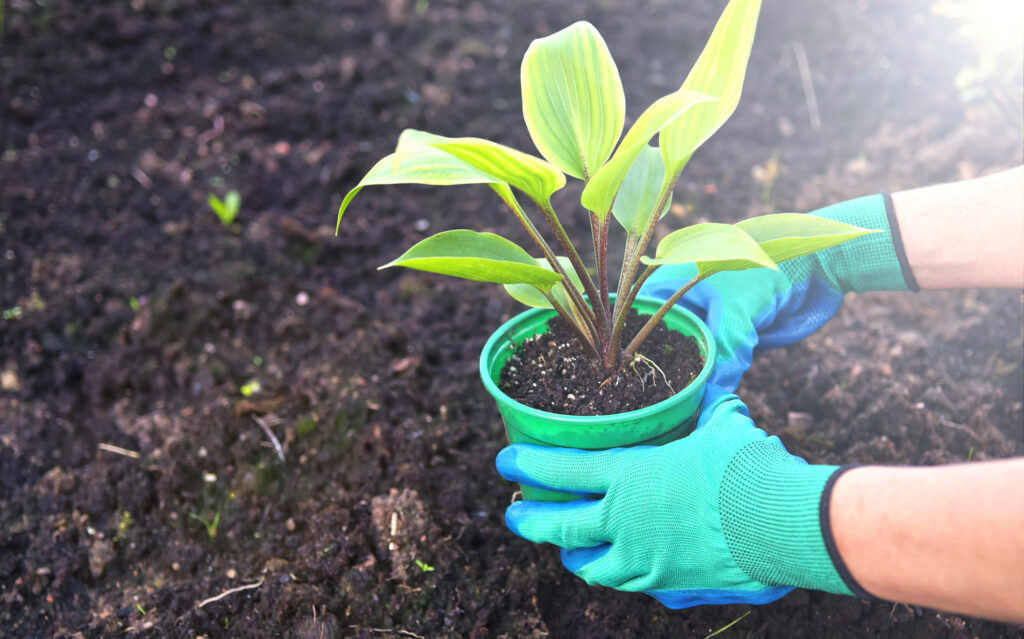
Planting Your Perennials
When you get the plants home, be sure they are kept in a semi-sunny area and kept well-watered until they get planted. The soil in the pot is very well-drained and needs to be watered daily. They should be planted when soil is not saturated from excess rain. When the soil has dried out, enrich it with compost and sand if necessary. Remove the plant from the pot and inspect the root system. If there are a lot of roots near the outside of the root ball, rake the roots with your fingers or cut thick roots off the bottom of the root ball so the roots will grow more easily into the surrounding soil.
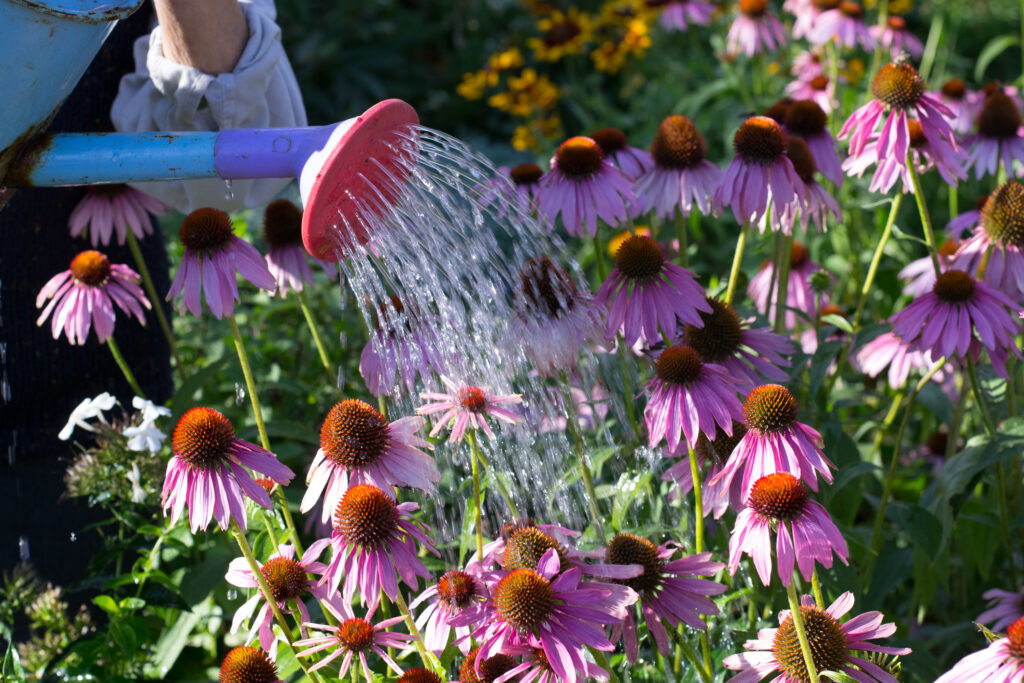
Watering Your Newly Planted Perennial
Newly planted perennials should be watered regularly and consistently, just like spring-planted veggies. Once they start producing new foliage you will know they are becoming established. At this point offering water infused with a water-soluble fertilizer like ALGO Plus Flowering plant food once per week for a few weeks will give them a good start and provide additional nutrition to allow them to start blooming well. For the first two seasons, perennials should receive 1 in. of water per week and possibly more in summer during periods of heat and drought.
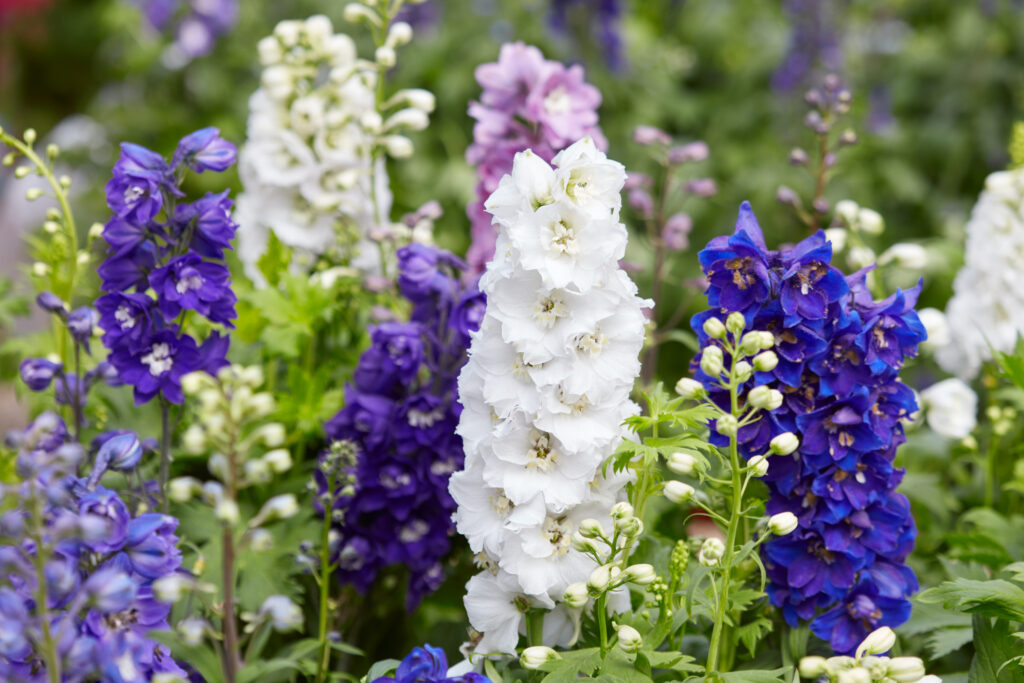
Fertilizing
As mentioned, most fertilizer should be offered to perennials during the growing season. In zones 6 and colder, fertilization should stop by the middle of July, which allows plants to enter into their winter dormancy as needed. If they are too actively growing going into fall they may suffer permanent winter damage. If granulated fertilizers are preferred, these should be applied in early spring blended with an organic top-dressing like compost or manure at the same time.

Mulching
Mulching fall-planted perennials for the first winter is insurance to help them through the winter. For perennials planted in the fall, mulch can be applied almost any time but well before the ground is fully frozen. This traps some soil moisture and protects the new root systems. Mulching helps protect plant roots from alternating freeze/thaw events that can happen during winter. Many mulch types can be used; pine needles, clean straw, chopped tree leaves, wood chips, shredded cedar bark, or pine bows. Plants benefit from about 4 to 6 inches of mulch cover.

Because perennials are available in a kaleidoscope of bloom colors, foliage colors, textures, sizes and shapes the opportunities for choices are nearly endless for gardeners of today. Perennials are fun, easy, extremely reliable, and quite necessary to decorate our gardens and landscapes with. Plant some perennials today!
Other Recommended Articles
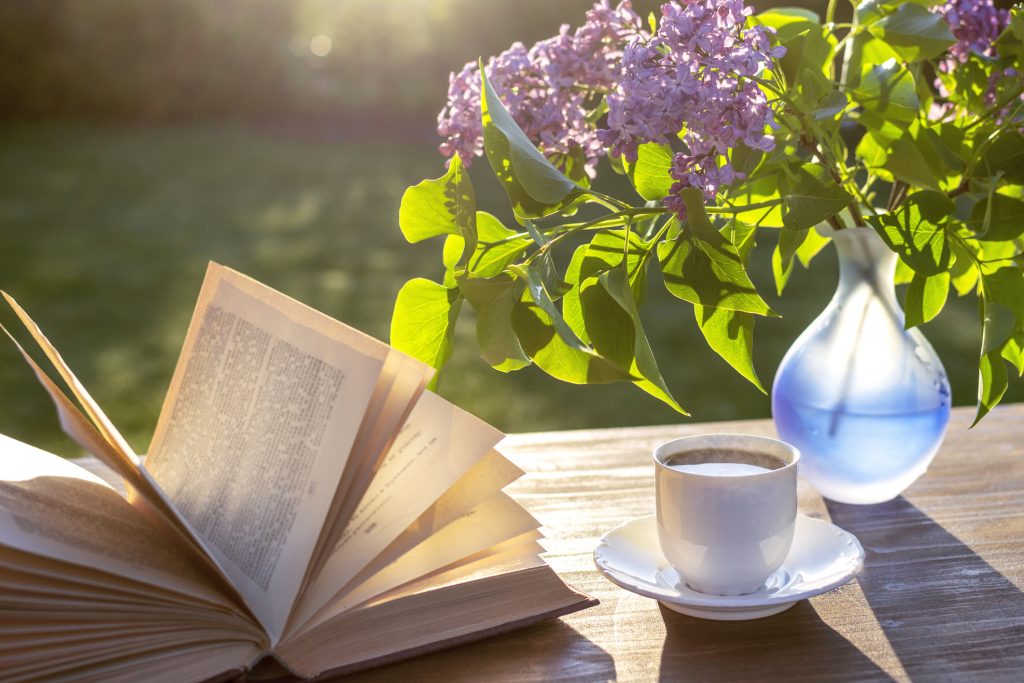
- 12 New Perennials For Fall Planting
- 8 Tips To Growing & Caring For Peonies
- Allium: Natural Fireworks For Your Garden
- How To Overwinter Perennial Mums
- Seed Saving: 4 Important Questions To Consider Before Starting
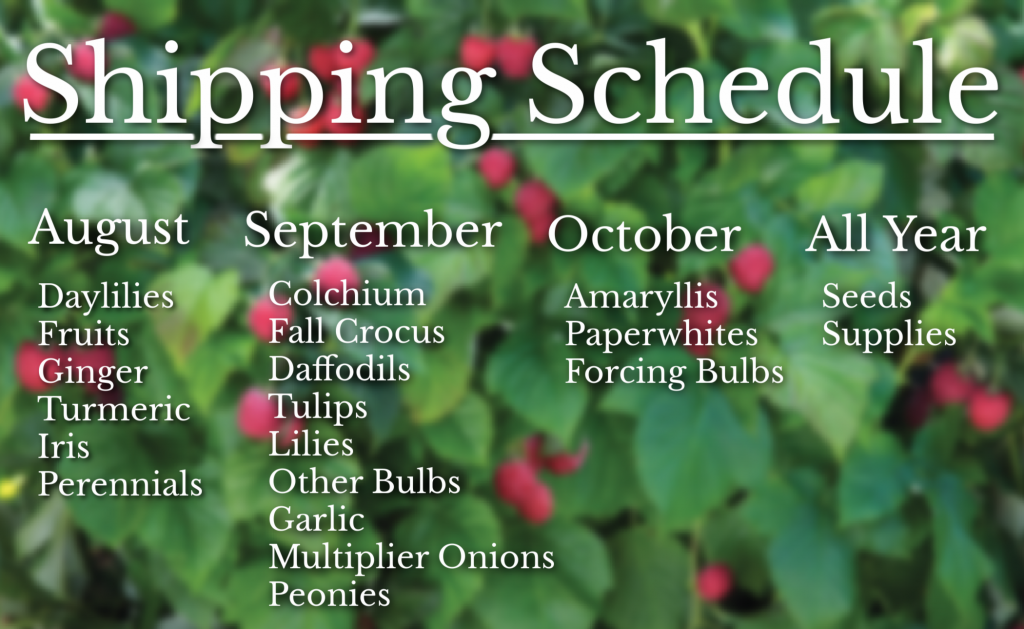
At Jung Seed Co, we pride ourselves on being your go-to guide for all your gardening needs. We have answers to all your questions. When you need reliable gardening advice, turn to the trusted experts at Jung.
View our new Summer/Fall catalog online or browse our website for all of your gardening favorites. To receive info on new products, exclusive deals, and specials, be sure to sign up for our weekly email. Join our Facebook page, to discuss all things gardening!